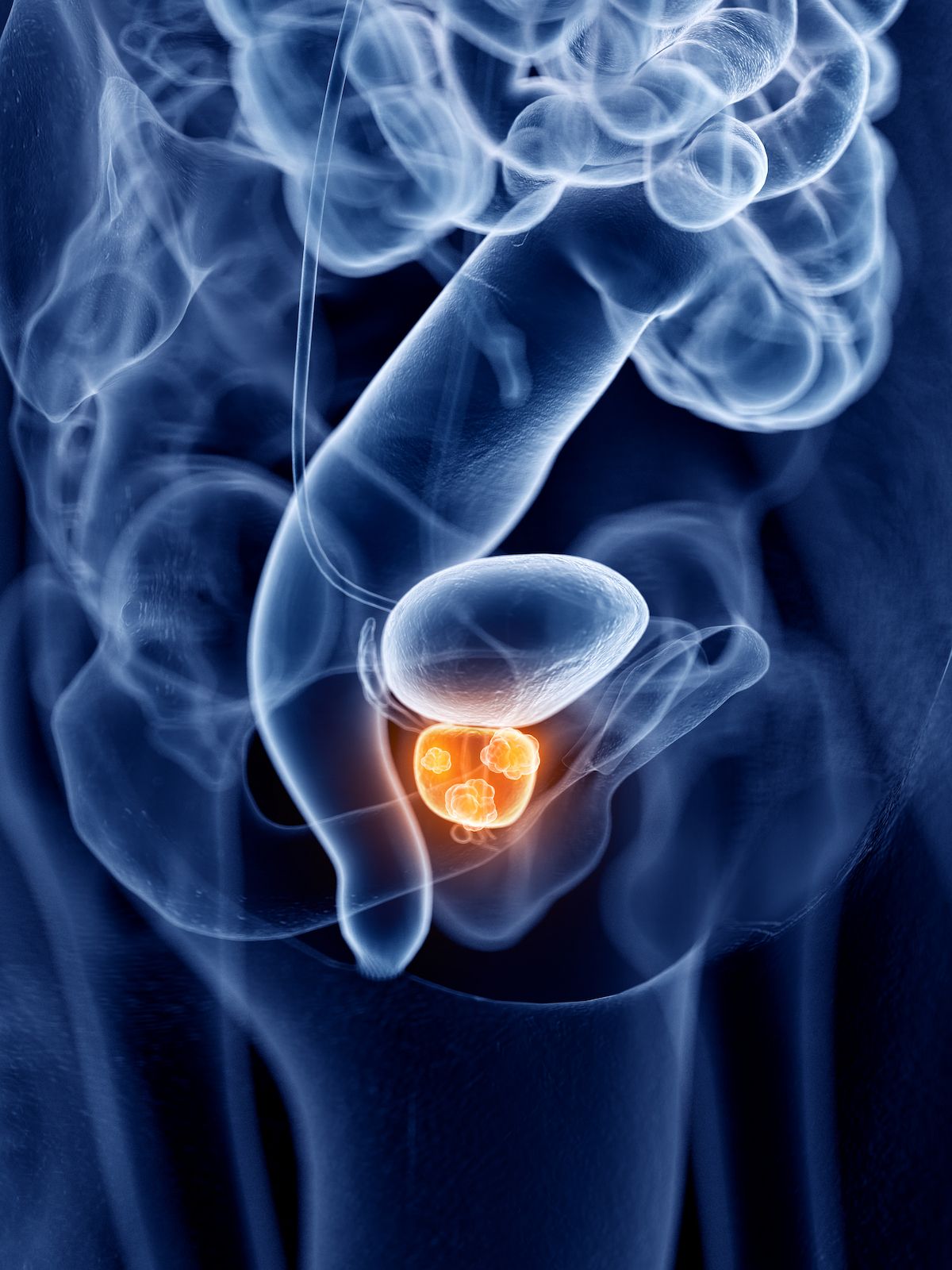Darolutamide/ADT Before Surgery Appears Effective, Safe in Prostate Cancer
Four of 5 patients with prostate cancer and ctDNA positivity had disease progression following treatment with darolutamide plus androgen deprivation therapy in a phase 2 trial.
In addition to assessing safety, the investigators, led by Junlong Zhuang, MD, of Nanjing Drum Tower Hospital, The Affiliated Hospital of Nanjing University Medical School in Nanjing, China, evaluated efficacy by measures including pathologic complete response (pCR), minimal residual disease (MRD), positive surgical margin rate, progression-free survival (PFS), and stage degradation.

Safety and efficacy were reported among patients with locally advanced prostate cancer who received neoadjuvant darolutamide (Nubeqa) plus androgen deprivation therapy (ADT) prior to radical prostatectomy, according to findings from a phase 2 trial (NCT05249712) presented at the 2024 Genitourinary Cancers Symposium.
Inclusion criteria for the multicenter, single-arm, open-label phase 2 trial included high-risk or very high-risk prostate cancer without distant metastasis, an ECOG score of 1 or lower, and the meeting of any of the following: primary tumor stage T3 or higher, Gleason score of the primary tumor of 8 or higher, serum prostate-specific antigen (PSA) level of 20 ng/mL or higher, and radiological assessment indicating regional lymph node involvement (N1).
For 6 months, eligible patients received darolutamide 600 mg twice daily with meals, along with a luteinizing hormone-releasing hormone analogue injection every 3 months. Patients then underwent surgical treatment with robot-assisted radical prostatectomy and enlarged pelvic lymph node dissection.
In addition to assessing safety, the investigators, led by Junlong Zhuang, MD, of Nanjing Drum Tower Hospital, The Affiliated Hospital of Nanjing University Medical School in Nanjing, China, evaluated efficacy by measures including pathologic complete response (pCR), minimal residual disease (MRD), positive surgical margin rate, progression-free survival (PFS), and stage degradation. The investigators utilized circulating cell-free DNA (cfDNA) analysis and next-generation sequencing to assess correlation between genes and neoadjuvant therapy.
A total of 30 patients were enrolled in the study and received darolutamide plus ADT for 6 months followed by radical prostatectomy. Of the 30 patients, 26 received a diagnosis of locally advanced prostate cancer.
“The pCR rate was 6.7%, and the MRD was 33.3%. Only 4 patients (13.3%) had positive surgical margins. The [12-month] PFS was 90.0% (95% CI, 74.4% to 96.5%),” the investigators wrote in their poster. Pathological downgrade occurred in 20 patients (67%). Pathological N1 disease was present in 8 patients (27%).
Twenty-five patients underwent next-generation sequencing, with at least 1 mutation identified in 22 patients (88%). FOXA1 was the most frequently mutated gene in prostate cancer identified in the study.
“Circulating tumor DNA (ctDNA) was positive in 5 patients, and 4 (80%) of them experienced disease progression,” wrote the investigators. This was in contrast to 1 patient experiencing disease progression of the 20 patients with negative ctDNA status.
Post treatment, mean tumor volume ± the standard deviation (SD) was 20.8 ± 7.6 mL, with a median (IQR) of 19.4 (15.6-28.4). Mean tumor volume reduction rate ± SD was 56.1% ± 15.2%, with a median (IQR) of 58.2% (52.7%-62.9%). PSA 0.1 ng/mL or lower in 27 patients (90%) and higher than 0.1 ng/mL in 3 patients (10%).
Regarding safety, the investigators did not observe any grade 3 or 4 adverse events (AEs) throughout the study. Hot flashes and elevated alanine aminotransferase or aspartate transaminase levels were the most frequent AEs observed, occurring in 3 patients (10%).
Reference
1. Zhuang J, Wang Y, Zhang S, et al. Neoadjuvant darolutamide plus androgen deprivation therapy for high-risk/very high-risk localized prostate cancer: A multicenter, open-labeled, single-arm phase II trial. J Clin Oncol. 2024;42(suppl 4):321. doi:10.1200/JCO.2024.42.4_suppl.321